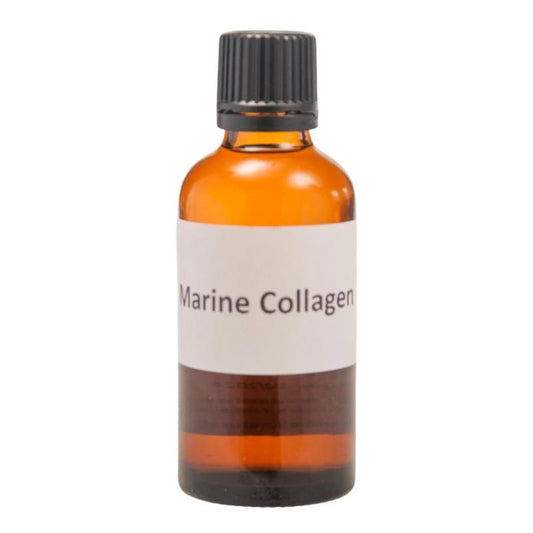
Formulating With Hyaluronic Acid
Juliette van der MeerHyaluronic acid hardly needs an introduction as it is one of the most marketed actives in the cosmetic industry. It is found naturally in the body and keeps our skin soft and supple, moisturised and plump. Like with collagen, as we age, our bodies produce less hyaluronic acid which can lead to the appearance of aging skin. Hyaluronic acid is therefore a really popular ingredient to add to skincare products as it has anti aging benefits.
We stock hyaluronic acid in two forms, a ready-prepared 1% serum and the pure powder. If you have the 1% serum you don't need to prep it any further, it's ready to use directly on your skin or in formulations. If you have the powder, simply sprinkle it into water and let it hydrate - we'll explain further below.
What is the recommended pH for Hyaluronic Acid?
Hyaluronic acid (serum and powder) has a natural PH of around 6 but can vary slightly between batches or brands. It is not particularly pH sensitive so you can easily adjust your product pH to be at skin levels, around 4.5-5.5.
How Soluble is Hyaluronic Acid?
Hyaluronic acid is water soluble and really loves water! Its most famous property is that it can hold 1000x its weight in water. You won't be able to mix it with oils unless you use an emulsifier (in which case you will end up with an emulsion/cream).
What is the recommended usage or concentration for Hyaluronic Acid?
Hyaluronic acid doesn't have a specific usage rate, but you will want to use it at specific amounts depending on your formulation and product.
- In toners, I recommend 5% of the 1% HA solution, although you can go higher if you like. A great, easy toner is 5% HA in 95% hydrosol.
- In water or emulsion serums, I typically recommend 5% of the 1% HA solution as well, although you can probably go higher if you like.
- In moisturisers I recommend 1-2% of the 1% HA solution. Like some gums or polymers, hyaluronic acid can contribute a slight 'soaping' effect (where it leaves a white cast on the skin as you rub in). If you're using another gum such as xanthan gum as a stabiliser as well, this can really be exaggerated. You may need to reduce your xanthan gum or rework your formula a bit if this is a problem for you.
You can use hyaluronic acid directly on the skin too. I highly recommend applying it to wet skin, and then spritzing with water or hydrosol as it dries, to allow it to carry maximum hydration into your skin.
What are The Best Combinations with Hyaluronic Acid?
Hyaluronic acid works well with other water based and water soluble ingredients.
Oils will need to be used in conjunction with an emulsifier as HA is water soluble and water and oil don't mix.
Which Products do Contain Hyaluronic Acid?
Hyaluronic acid is found in an array of different products, from toners/spritzers and serums to moisturisers and increasingly, haircare. It works best in leave-on products.



















6 comments
Can someone please explain to me how to convert %. i m so confuse please help me, i dont want to mess up my formulas.is there a conversion chard somewherr
Regards .Ida van den Bergh